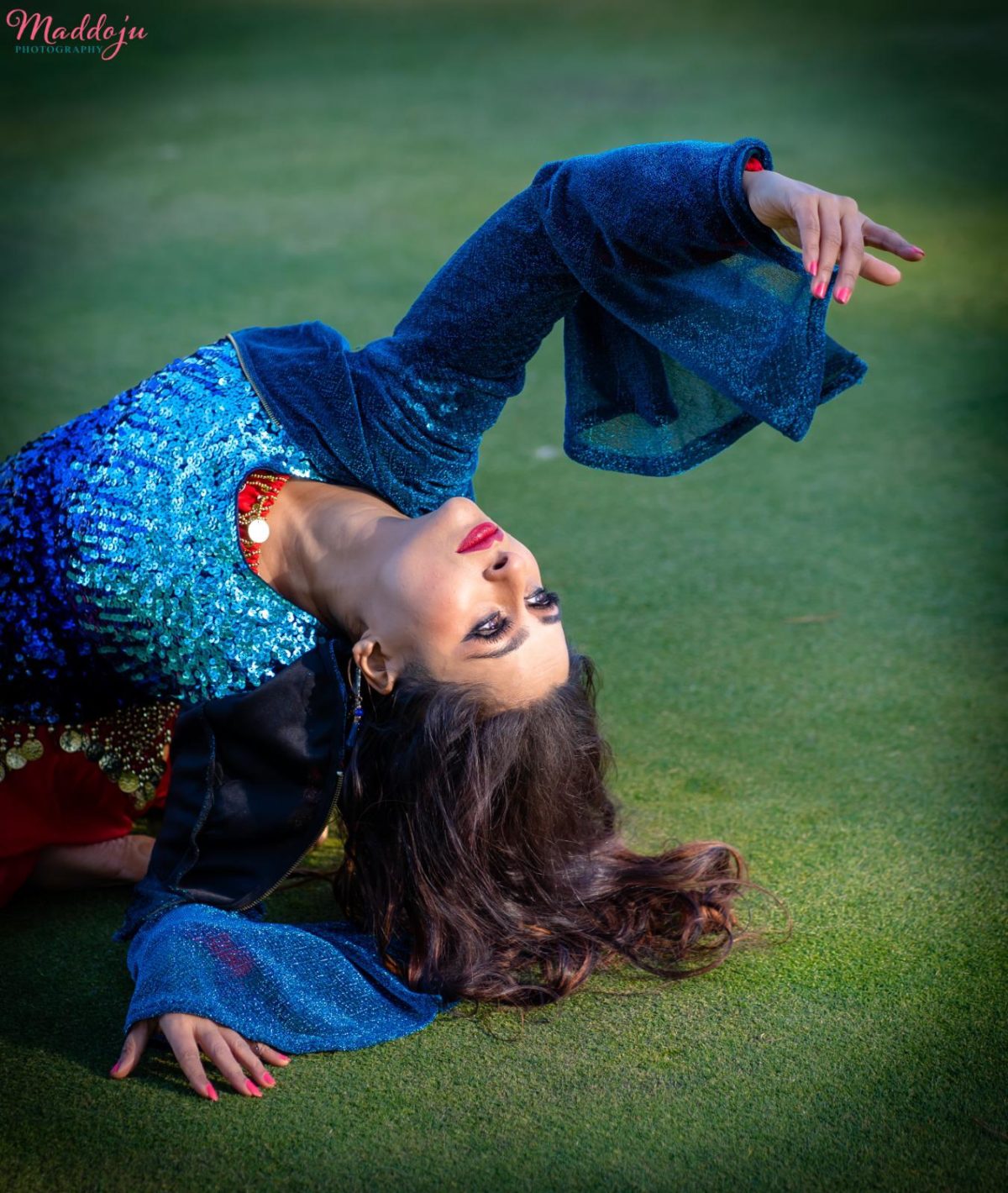What dance is and why is it important for us to embrace it at some point in our lives
In every dance classroom the most significant vocabulary is the one that exposes the elements of human movement regarding the body, space, time, energy, and relationship (known as BSTER). Every artistic process in dance is based on using them—conceptually and kinetically. Elements are the tools with which to create, to perform, to respond intelligently to dance, and to connect dance to broader contexts. The BSTER dance elements -Dance is “the art of human movement,” not “the art of moves and steps.” Too many students are only taught moves and steps. Too many are ignorant about the kinetic body instrument, the broad use of space, about the connections of time and energy in dance, and how the intentional use of relationship transforms common utilitarian movement into refined dance movement. If one’s creative palette contains only familiar “moves” to rearrange, no wonder their compositions look alike and seem uninspired. To do this in written composition would be comparable to taking the same set of familiar words and trying to tell different stories with them–instead of learning the ABCs that build an infinite number of words with which to tell different stories. When dancers explore and embody the dance elements as the ABC’s of movement, they discover infinite ways to combine space, time, and effort to express different ideas in dance. Having a dance elements vocabulary puts the whole of human movement at their fingertips.
The dance elements are essential to learning about the elements of the moving your body such as shape, focus, gestures, postures, and basic steps. There is more to space than where we are placed. Spatial literacy requires functional use of level and direction, air patterns and floor patterns, and understanding of how “range” differs from “distance” in dance.
Besides counting measures, dancers need skills to modulate elements of time as tempo, pulse, and accent. They must manipulate duration, phrasing, and rhythmic structure to create effective dances.
Intentional shifts in elements of energy –the lifeblood of the dance–keep dances from stagnating. Effective dances regulate energy’s elements from beginning to end to rise and fall according to the intent of the dance. Dancers must know how to manipulate elements like texture and dynamics, force (as different from strength), flow, attack, movement qualities, and effort actions.
Not only are Body, Space, Time, and Energy universal movement elements, but dance also adds the elements of relationship because of its importance to transforming human movement into dance movement—a necessity if movement is to be elevated to an art.
When educational dance clarifies the skills to movement and to space in an artful, expressive way, the outcomes are integrative and holistic. In the end, it’s not the recognition or appreciations, but that wholesome experience is what becomes so fulfilling to a dance enthusiast.

